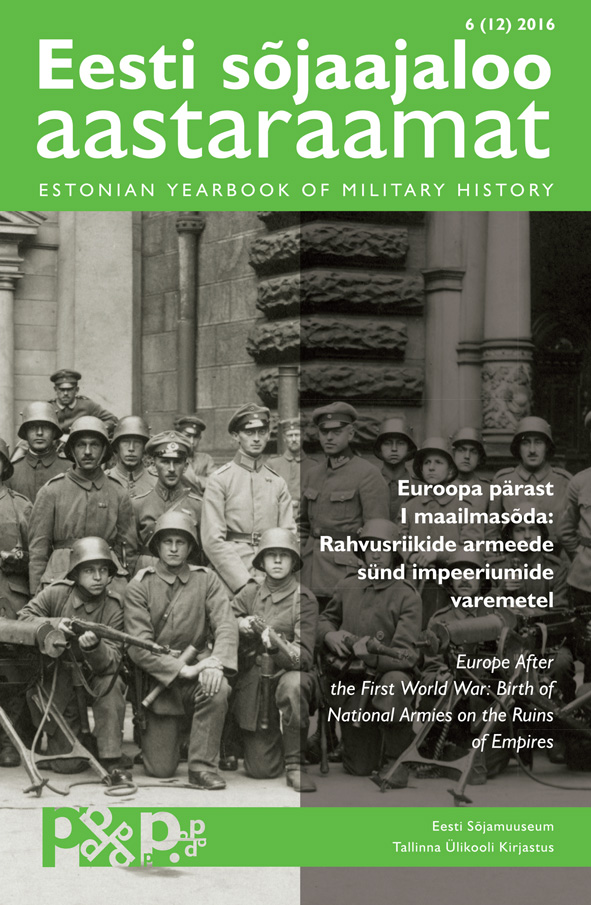Itaalia sõjaline okupatsioon Dalmaatsias 1918–1921 - Ühe endise Austria-Ungari keisririigi osa saatus
Italian military occupation in Dalmatia in 1918–1921: the fate of a former part of the Austro-Hungarian Empire
Author(s): Carlo Cetteo CiprianiContributor(s): Toomas Hiio (Translator)
Subject(s): Geography, Regional studies, Military history, Political history, Pre-WW I & WW I (1900 -1919), Interwar Period (1920 - 1939), Peace and Conflict Studies
Published by: Tallinna Ülikooli Kirjastus
Keywords: World War I; Italian front; Paris Peace Conference; Italian internal politics 1918–1922; Gabriele d’Annunzio; Kingdom of Serbs; Croats and Slovenes (Yugoslavia); Italian Navy;
Summary/Abstract: The inhabitants of the cities and islands of the Dalmatian coast were the successors of the citizens and subjects of the Roman Empire and later the Republic of Venice, who spoke Italian. After these regions were transferred to AustroHungarian possession, the number of southern Slavs, particularly Croats started to rapidly grow on the coast of Dalmatia. The increase in the influence of the Slavs was also supported by the Austro-Hungarian government, seeing them as a counterweight to a strengthening Italy. Conflicts between Italians and Slavs became more frequent. After the end of WWI and the collapse of the AustroHungarian Empire, the coast of Dalmatia was transferred into the occupation of Italian forces. However, Italy was struggling with internal conflicts and economic difficulties and did not have the strength to merge these areas. In addition, the majority of the Triple Entente countries supported the creation of a strong Yugoslavia (Kingdom of Serbs, Croats and Slovenes). In November 1920, an agreement was concluded between Italy and Yugoslavia, under which only the city of Zara and its surroundings and the island of Làgosta were left to Italy. Fiume was given the status of a free state and was joined with Italy in 1924. The Italian units and institutions and many Italians were evacuated from Dalmatia by the end of 1921.
Journal: Eesti Sõjaajaloo Aastaraamat
- Issue Year: 6/2016
- Issue No: 1
- Page Range: 85-116
- Page Count: 32
- Language: Estonian

